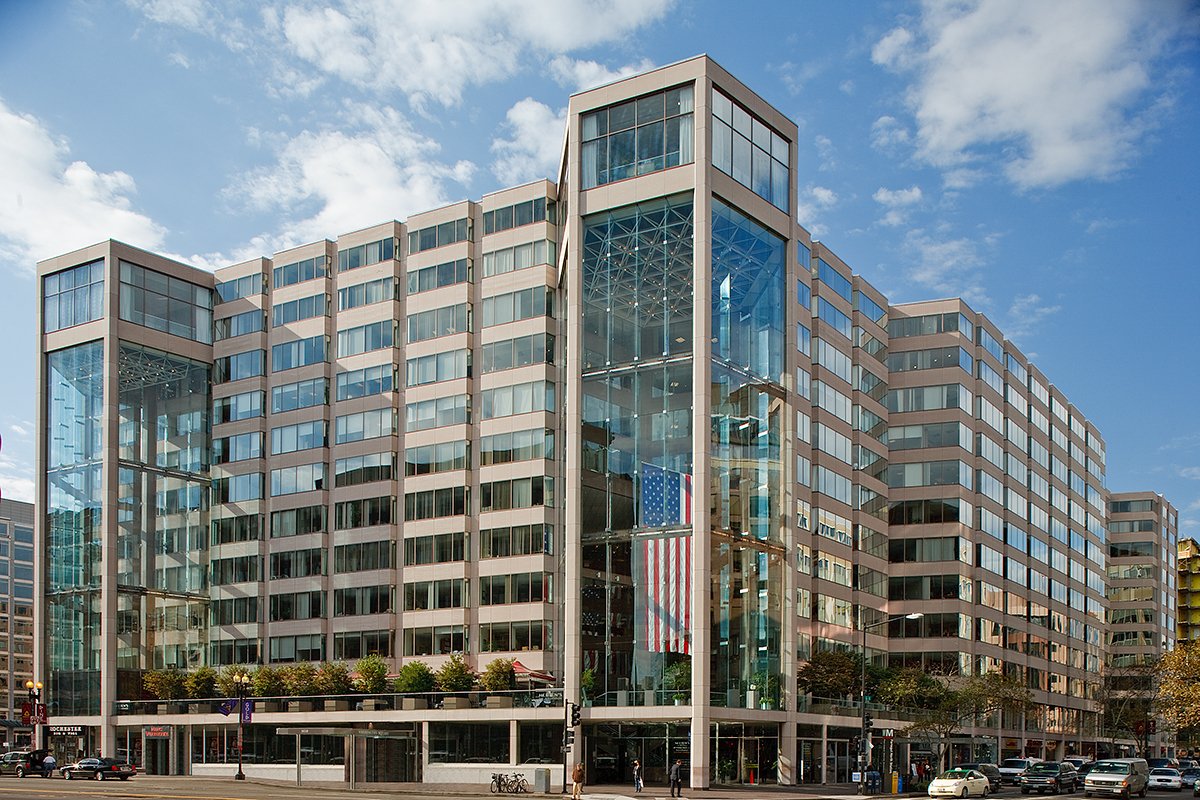Healthy Workplaces
Indoor Air Quality (IAQ)
Tower is proud to be utilizing best-in-class technologies and processes across our portfolio of buildings to maintain best-in-class indoor air quality. See below how our focus on indoor air quality is used at your building.
High Indoor Air Quality Standards have been verified by UL Solutions
Visit their website to learn more about how UL Solutions verifies healthy building practices when it visits the Tower Companies portfolio
Download the verification methodology
Read the third-party testing study done on UVC filtration systems in air handling units
Ventilate
Maximizing fresh air circulation throughout the building
Sanitize
Utilizing UVC light to help remove allergens and pathogens from the air
Filter
Ensuring high quality air filtration standards
Monitor
Consistent monitoring of Indoor Air Quality (IAQ)
Landfill Diversion

The Tower Companies is acutely aware of our impact on the natural world and committed to reducing that impact. Far too much waste ends up in landfills or in stormwater runoff, instead of being re-used or recycled. The United States produces approximately 290 million tons of municipal solid waste (MSW) a year, and roughly 42% of all U.S. greenhouse gas emissions are created in the process of extracting resources, producing goods, disposing of waste, and transporting materials at every stage of that process.
As of 2018, the national average recycling and composting rate sits at approximately 32.1%. We are committed to reduce the amount of waste going to landfills – in 2023 alone, over 1.2 million pounds of waste was recycled from our portfolio. Over 90,000 pounds of food waste were composted as part of our innovative composting program established a decade ago. Since 2019, our waste diversion rate increased over 30% to 51.58% of total waste, and we aim to increase that rate even further in the years ahead.
The Tower Companies is committed to reducing the amount of waste going to landfills – in 2023 alone, over 1.2 million pounds of waste was recycled from our portfolio.
By 2030, we endeavor to divert at least 75% of waste away from landfills by offering tenants, clients, and visitors, convenient ways to recycle, compost, and donate items that they no longer want.

-
Avoid purchasing items with excessive packaging or non-recyclable components when possible.
Place recycling or composting bins in more accessible locations to encourage their use.
-
Encourage the use of re-usable items in offices, common areas, and amenity spaces, and eliminate single-use items wherever possible.
Replace single-use items with compostable or washable materials.
-
If re-usable items cannot be used, try to purchase 100% recyclable items.
Make a goal for the landfill waste bin to be less full than the recycling and composting bins at the end of the day.
Environmentally Friendly Procurement
Divert Waste from Landfills
Consider placing mixed paper recycling bins in each office, and then keep trash bins centrally located.
Always aim for 3 recycling bins in common areas:
Commingled (recyclable cans/bottles)
Mixed paper clean printer paper, broken-down cardboard (no food stains), and other paper products
Place a Compost bin to place all food scraps or BPI certified materials or an Electronic Recycling bin for any unused recycling (place a work order for free pickup)
Supplies Procurement
Recycled printer paper or other paper products helps support recycling efforts, and reduces tree harvesting
Re-usable kitchenware like coffee mugs or utensils helps reduce single-use plastics
Aluminum cans instead of plastic bottles; aluminum is much more easily recycled than plastic
Compostable kitchen flatware (look for the BPI logo)
Biodegradable/Sustainably - sourced cleaning supplies
Manage Lighting Proactively
Adjust blinds throughout the day to increase natural light or reduce excessive solar gain, as needed
Always turn off electric lights when not in use.
Switch all bulbs to LED lighting
Install occupancy sensors for indoor lighting controls, to reduce unnecessary energy expenditure
Use photosensors to prevent outdoor lighting from turning on during the day
Use motion detectors to prevent extra energy use from lighting outdoors
Sustainable Transportation
Consider using public transit for one or more commutes each week to reduce emissions
Encourage carpooling and ride-sharing for your tenants
Consider vehicle alternatives such as bicycles or electric scooters
Consider choosing vehicles that run on alternatives to nonrenewable energy - such as hybrid and/or electric vehicles

